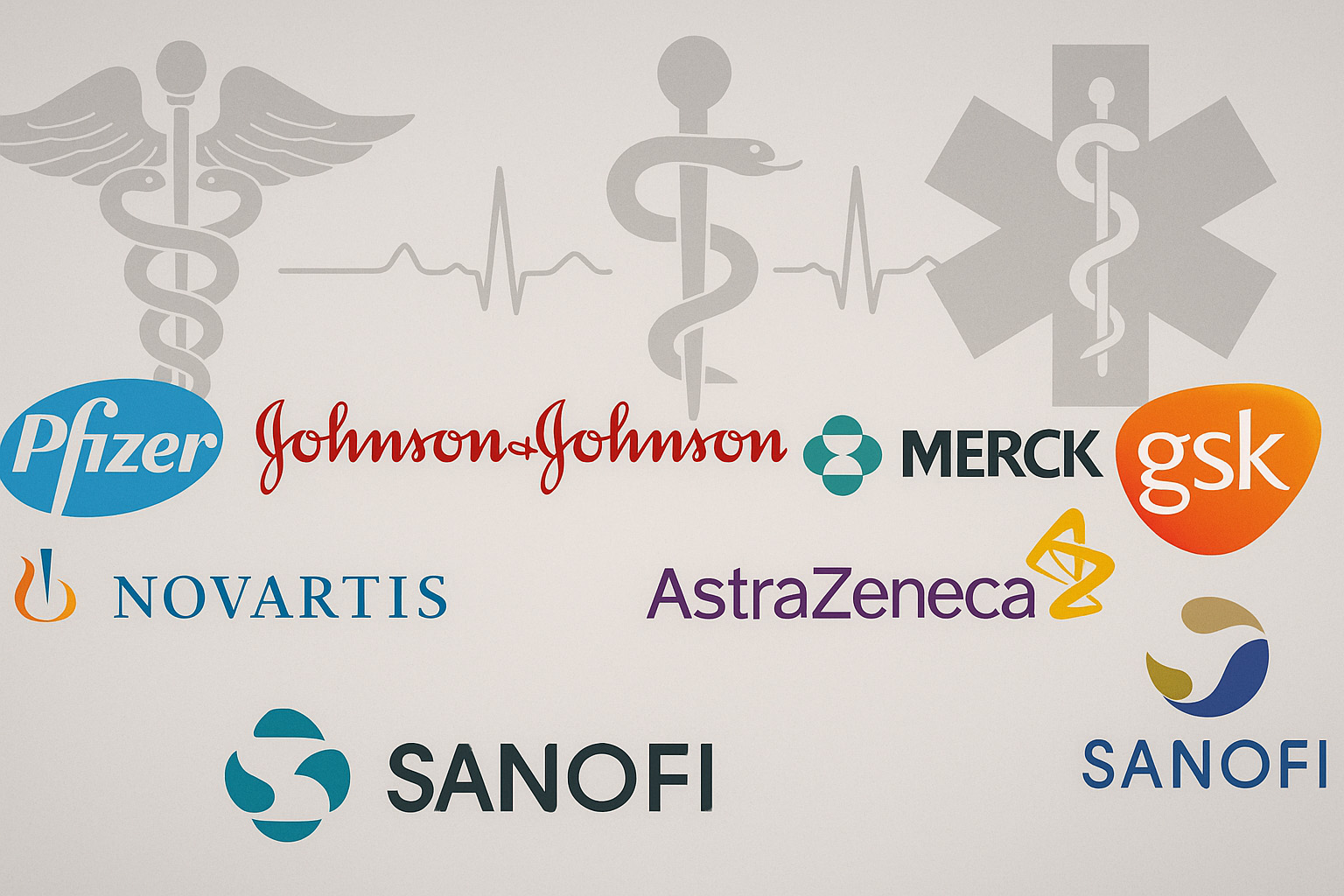Carlos Taylhardat | September 14, 2025
Intro
On Sept. 9, President Donald Trump signed a presidential memorandum directing Health and Human Services (HHS) and the FDA to tighten rules on direct-to-consumer (DTC) prescription drug advertising, especially on social platforms and influencer campaigns. The move orders clearer risk disclosures and tougher enforcement against misleading claims. Supporters call it overdue transparency; critics see murky legality and risks to innovation.
To frame the stakes, we pair official statements with industry and expert pushback and add context from recent enforcement actions.
What the memo actually does
The White House says the memo “ensures transparency and accuracy in DTC prescription drug advertisements,” instructing HHS and the FDA to require more visible risk information and to enforce truth-in-advertising provisions already in law.
FDA and HHS, in parallel announcements, said they would issue roughly 100 cease-and-desist notices and thousands of warning letters to companies with deceptive DTC ads, including online and influencer promotions.
“Patients deserve clear, honest information… The Memorandum directs [agencies] to ensure transparency and accuracy… and to enforce legal requirements that advertisements be truthful and not misleading.”
Narrative 1 — “Transparency first”: The case for a crackdown
Advocates argue the U.S.—one of only two countries that broadly permits DTC drug ads—has under-enforced existing rules for years, allowing “glossy” campaigns to bury safety risks in fine print. The administration frames this as a patient-protection fix.
Reuters reports the FDA now plans a wave of enforcement after years of lax oversight.
“No American should be misled by ads that hide risks or inflate benefits.”
FDA posture: a coordinated push to remove misleading ads and send thousands of warning letters. Supporters point to high-profile cases—like the Hims & Hers Super Bowl spot the FDA chief said violated fair-balance rules as evidence that stronger oversight is overdue.
For readers wanting a broader media-and-health context, see our explainers: News by Algorithm and How to End the Fentanyl Crisis.
Narrative 2 — “Overreach & unintended harm”: Legal, economic, and practical concerns
Industry groups and analysts warn that sweeping ad crackdowns could chill useful information and invite First Amendment challenges. They also caution that new marketing and pricing pressures (paired with Trump’s broader drug-cost agenda) could dampen R&D investment and create unintended barriers to access.
“Overly broad restrictions could interfere with the doctor-patient relationship and limit awareness of treatment options.”
Policy think tanks add feasibility concerns. USC’s Schaeffer Center called “most-favoured-nation” drug pricing ideas “easily gamed,” with trade-offs for innovation—casting doubt on execution.
Legal analysts expect court battles over compelled speech and ad standards, and note Congress is unlikely to codify the rules—limiting durability.
What’s new since Sept. 9: immediate ripple effects
- FDA enforcement surge: Officials briefed that about 100 cease-and-desist notices and thousands of warnings are being prepared. Reuters and other outlets corroborate.
- High-profile scrutiny: The Hims & Hers episode sharpened focus on “fair balance” in mass-market ads.
- Rulemaking chatter: Legal publications anticipate rulemaking to tighten “adequate provision” standards in broadcast ads and clarify influencer disclosures.
The silent story: Patients between cost, clarity, and choice
Whichever side prevails, patients remain at the intersection of affordability, clear information, and access to new therapies. If enforcement mostly targets egregious ads, advocates may cheer. If rules over-correct or get bogged down in court, today’s headlines could become tomorrow’s gridlock—while confusion and high prices persist.
For family-centered perspectives, see our recent pieces: Parenting with Mental Health Support and Empowerment Parenting.
Key takeaways
- What changed: A Sept. 9 presidential memorandum orders HHS/FDA to crack down on misleading DTC drug ads, with a major enforcement wave promised.
- Why backers approve: They say U.S. ads often bury risks; clearer disclosure protects patients.
- Why critics object: Legal risk, speech concerns, and potential chilling of useful information or innovation.
- What to watch: FDA warning letters, new rulemaking, court challenges—and whether Congress codifies anything.
